Send us a Message
- Destinations
- Tours
- By Destinations
- By Themes
- Suggested Combination
- Duration
- About Us
- Reviews
Thailand enjoys a tropical climate which is influenced by seasonal monsoon winds. The southwest monsoon (May) brings a stream of warm moist air from the Indian Ocean towards Thailand, causing abundant rain over the country, especially the mountainous regions.
Northern Thailand
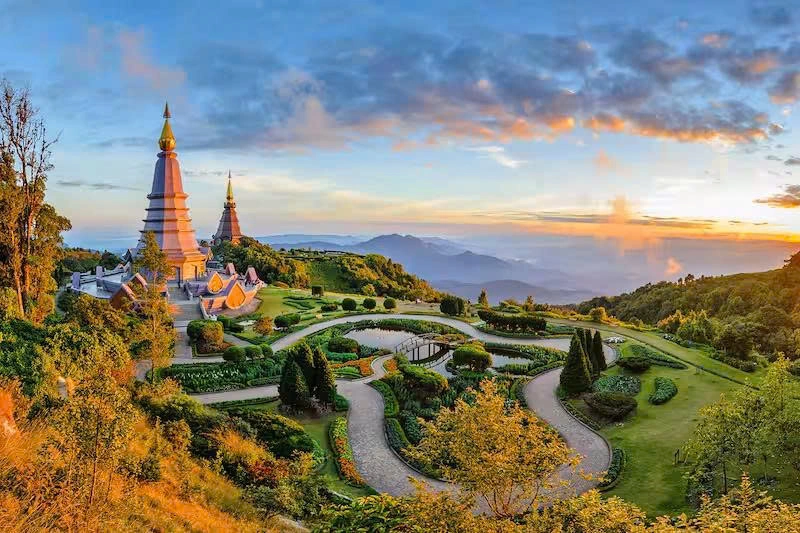
The climate in Northern Thailand, including cities like Chiang Mai, Chiang Rai, and Mae Hong Son, is cooler than in other parts of the country due to its mountainous landscape. From November to February, the region enjoys a cool, dry season with pleasant daytime temperatures making it the most popular time for trekking, festivals, and outdoor adventures. From March to April, temperatures rise sharply, often becoming very hot and dry, while the rainy season from May to October brings heavy but short-lived showers that transform the mountains and valleys into lush, green scenery. This mix of cooler winters and vibrant rainy landscapes makes Northern Thailand attractive year-round, with each season offering a different charm.
Central Thailand
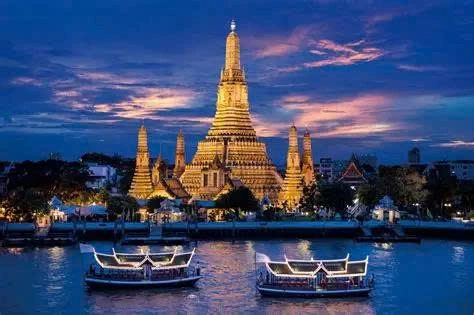
The climate in Central Thailand, home to Bangkok, Ayutthaya, and Kanchanaburi, is generally warmer and more humid than the north. The cool, dry season from November to February offers the most pleasant conditions, with comfortable temperatures and low rainfall — ideal for sightseeing, exploring temples, and enjoying riverside towns. From March to April, the heat intensifies, often reaching above 35°C, making the days hot and humid, especially in Bangkok. The rainy season from May to October brings heavy showers, usually in the afternoon or evening, which refresh the countryside and fill canals and rivers, though travel remains possible as rains are typically short-lived. Overall, Central Thailand is best enjoyed during the cooler months, but it remains a vibrant destination throughout the year.
Southern Thailand
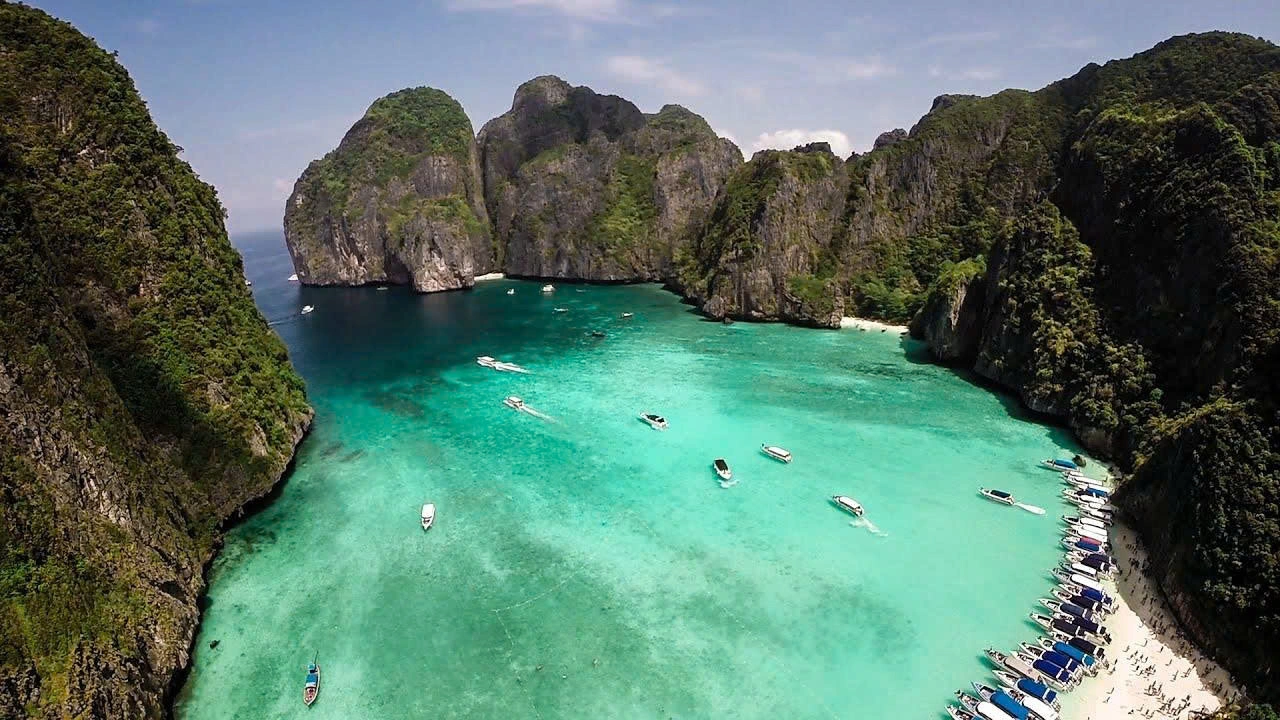
The climate in Southern Thailand, including Phuket, Krabi, and the Gulf islands such as Koh Samui, is tropical, warm, and humid throughout the year. The south does not have a distinct cool season, though the months from November to February are generally the most pleasant, with plenty of sunshine and comfortable conditions for beach holidays and island hopping. From March to April, temperatures rise, making the coastal lowlands feel very hot. The rainy season lasts from May to October on the Andaman coast (Phuket, Krabi), bringing heavy showers and rough seas, while the Gulf of Thailand coast (Koh Samui, Koh Phangan) experiences its wettest period slightly later, from October to December. Despite the rain, the south remains lush and vibrant, with waterfalls and jungles at their most dramatic, offering travelers a different kind of natural beauty.
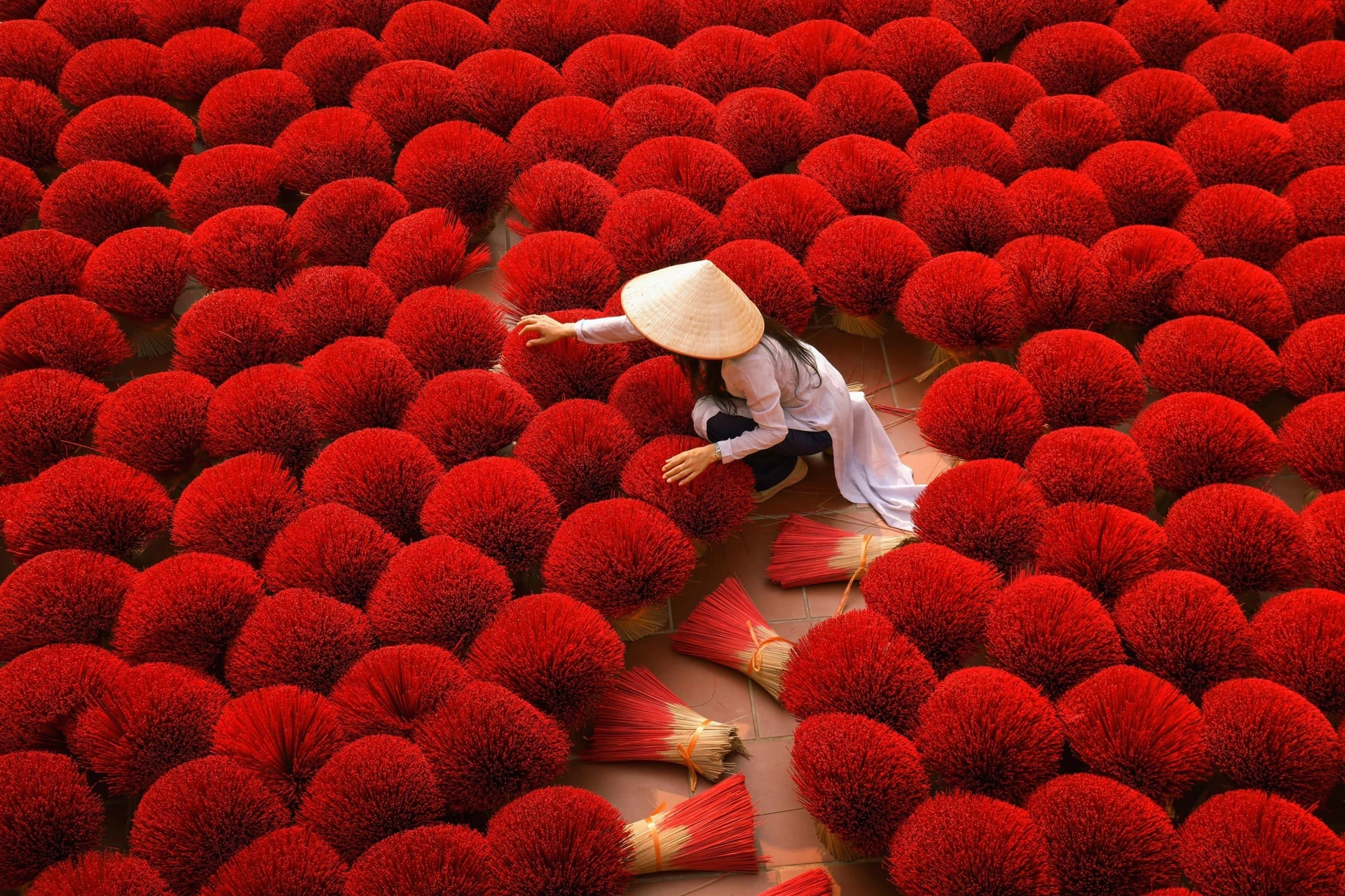
Vietnam is a country full of history, culture, and natural beauty, offering unforgettable experiences for every type of traveler. From bustling cities and ancient temples to serene countryside and pristine beaches, there is something for everyone. With careful planning, attention to local customs, and consideration for dietary or religious needs, Israeli travelers can enjoy a safe, enriching, and memorable journey.
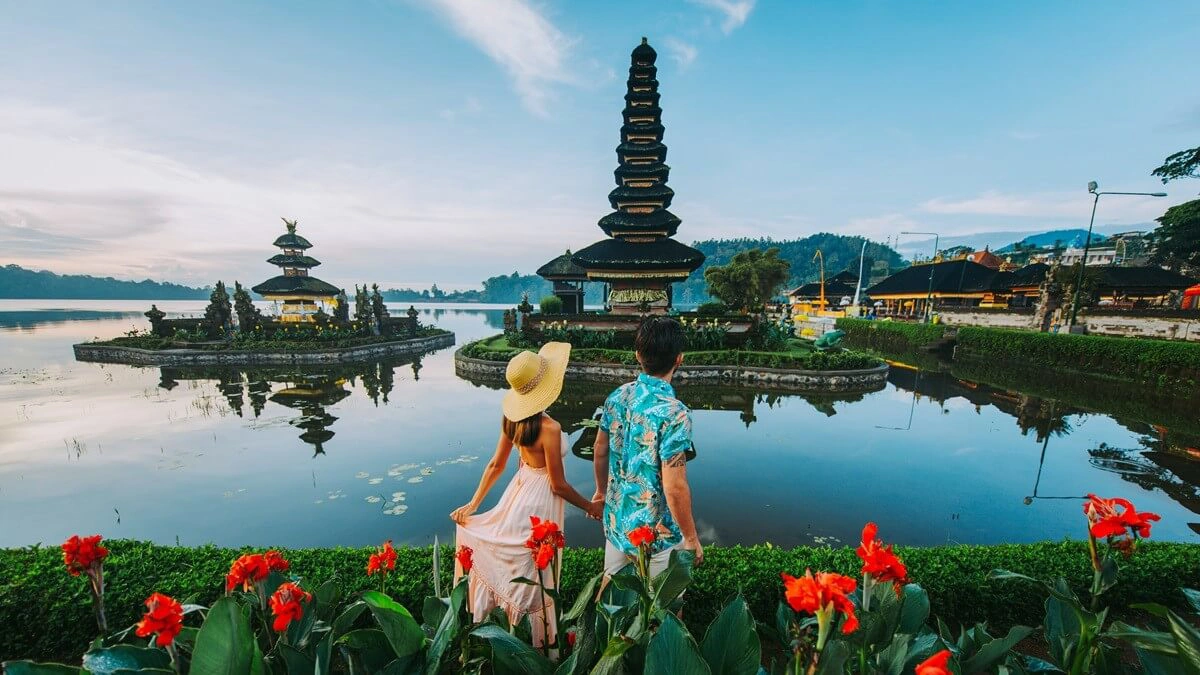
To enter Bali, travelers need a passport valid for 6 months; many nationalities get 30 days visa-free, while longer stays require a Visa on Arrival or e-visa. The island has a tropical climate with a dry season (Apr–Oct) ideal for beaches and festivals, and a wet season (Nov–Mar) with lush green landscapes. Cash in Indonesian Rupiah is essential for small expenses, though cards are accepted in larger venues, and transport mainly relies on taxis, ride-hailing apps, scooters, or private drivers. Visitors should respect local customs—dress modestly at temples, remove shoes in sacred spaces, and use the right hand when giving or receiving items.

Balinese cuisine is a vibrant reflection of the island’s culture, shaped by its Hindu heritage, fertile volcanic soils, and abundant spices. Meals are a harmonious balance of flavors spicy, savory, sweet, and aromatic—brought together through fresh herbs, coconut, peanuts, and chili-based spice pastes known as bumbu. Rice is the centerpiece of most meals, complemented by grilled meats, seafood, and an array of vegetable dishes. Many recipes are deeply rooted in ceremonial traditions, often served during temple festivals and family gatherings, making Balinese food not only a culinary delight but also a cultural journey.
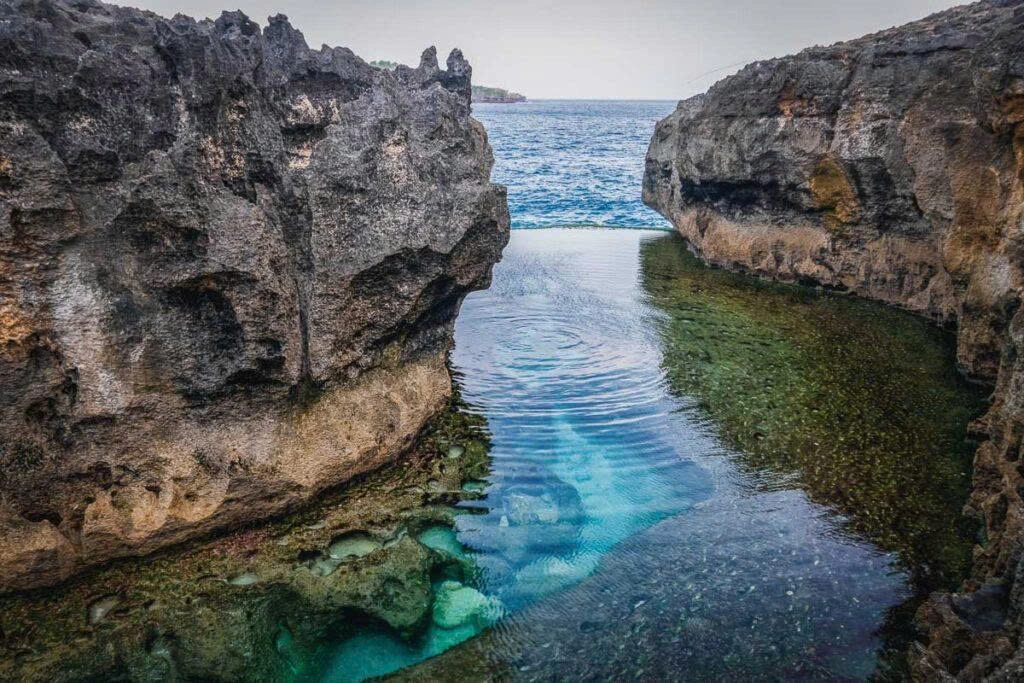
Nusa Penida is a stunning island off Bali’s southeast coast, famed for its rugged cliffs, crystal-clear waters, and dramatic landscapes. Highlights include Kelingking Beach with its dinosaur-shaped headland, Angel’s Billabong, and Broken Beach. Popular for snorkeling and diving, the island offers encounters with manta rays and vibrant coral reefs, making it a paradise for adventure and nature lovers.
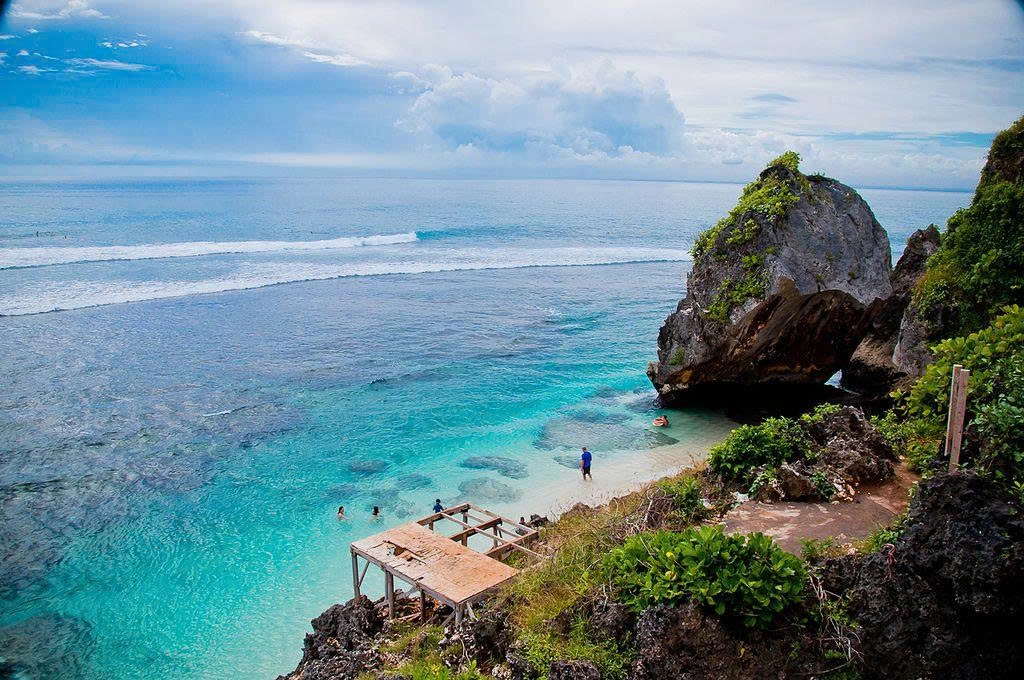
Uluwatu is renowned for its dramatic sea cliffs, world-class surf breaks, and breathtaking ocean views. At its heart lies the iconic Uluwatu Temple, perched high above the waves and famous for sunset Kecak dance performances. With luxury resorts, hidden beaches, and a relaxed coastal vibe, Uluwatu is a perfect blend of culture, adventure, and natural beauty.
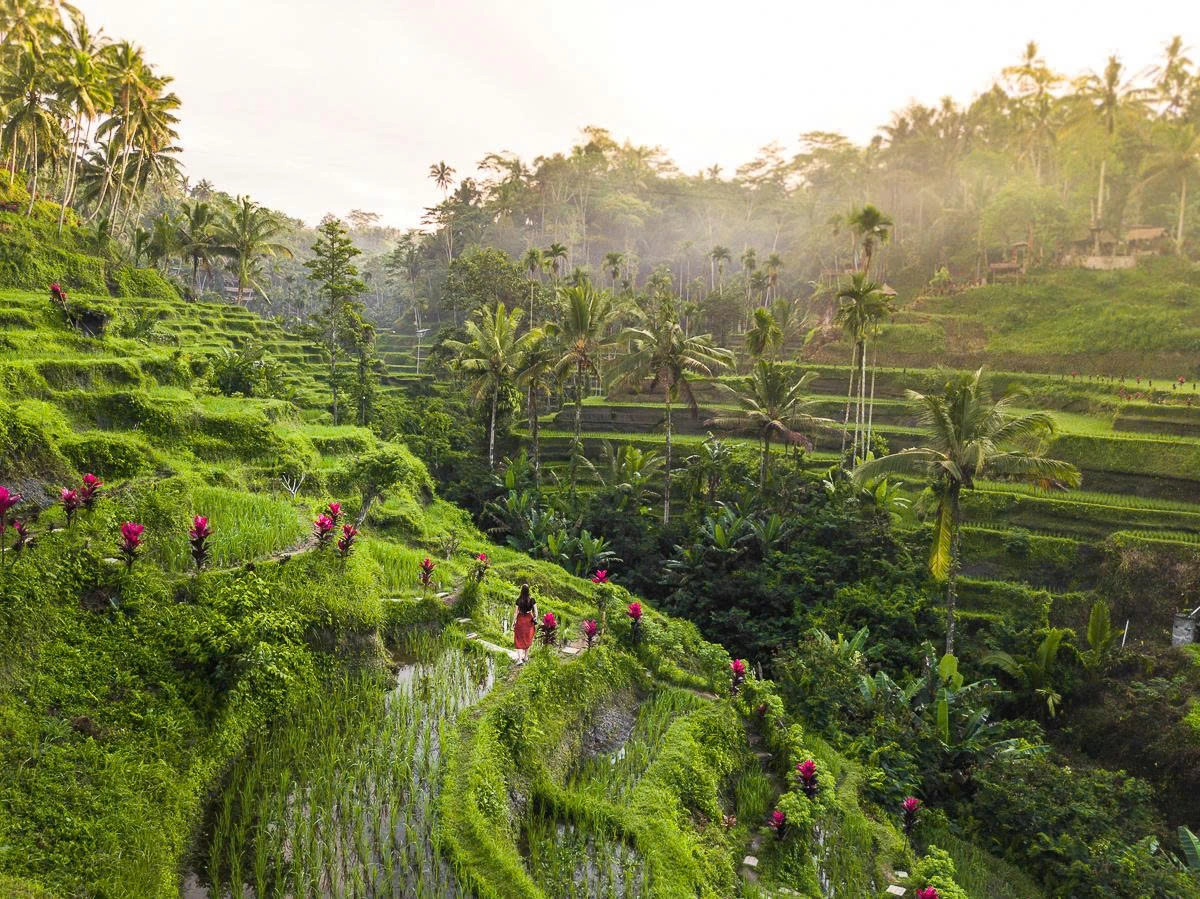
Ubud is the cultural and spiritual heart of Bali, surrounded by rice terraces, lush forests, and traditional villages. Known for its art, dance, and handicrafts, it’s also a hub for yoga, wellness, and spiritual retreats. With its temples, galleries, and serene landscapes, Ubud offers a deeper connection to Balinese heritage and nature.
Preparing for your upcoming trip to Asia?
Let us know what we can arrange for you!